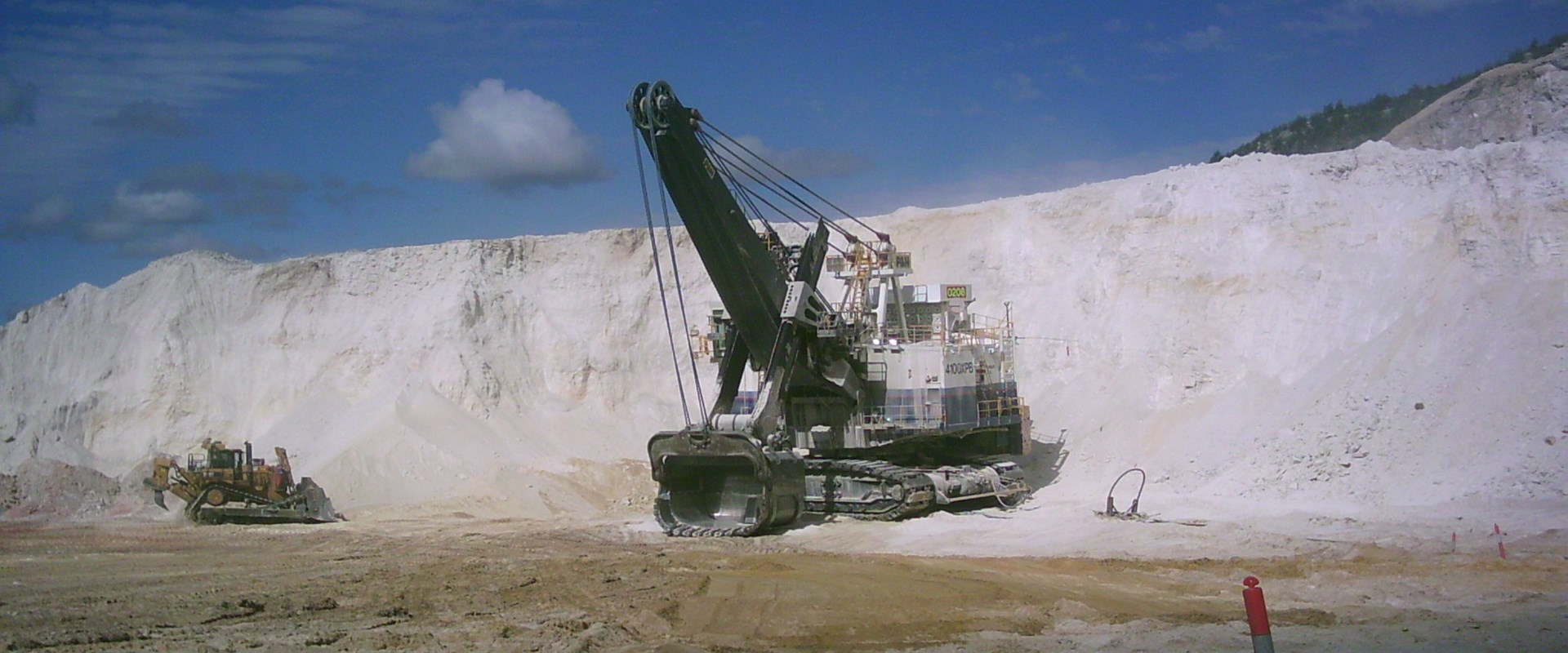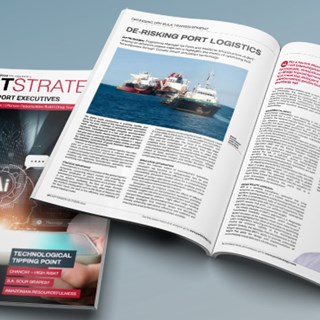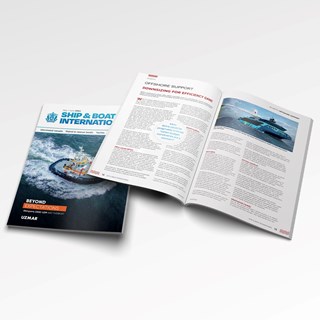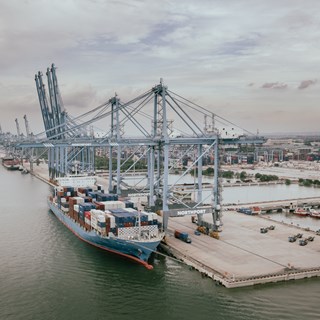Greg Fisk, Business Development Director at BMT in Environment, shares his take on the latest Australian mining risk forecast for 2020-2021 prepared by KPMG.
"Leaving the short to medium-term impacts of the pandemic aside for a moment, there is increasing recognition by mining executives that extreme weather events and other impacts of a changing climate (not just the transition toward a low carbon future) are becoming central to the corporate risk profile of their industry.
"Some examples of crucial resilience and climate adaptation risks for the sector include:
- Disturbance or damage to mine infrastructure
- Suspension and delays to operations
- Limiting access to supply chains and distribution pathways
- Impact on workforces in terms of increased risks to health and safety and the need for more significant support for mine employees and local communities following important hazard events
- Compliance risk and challenges concerning environmental requirements (such as managing excess mine void water)
- Implications and new design standards for mine expansion and future growth
- Disruption of mine closure or rehabilitation activities
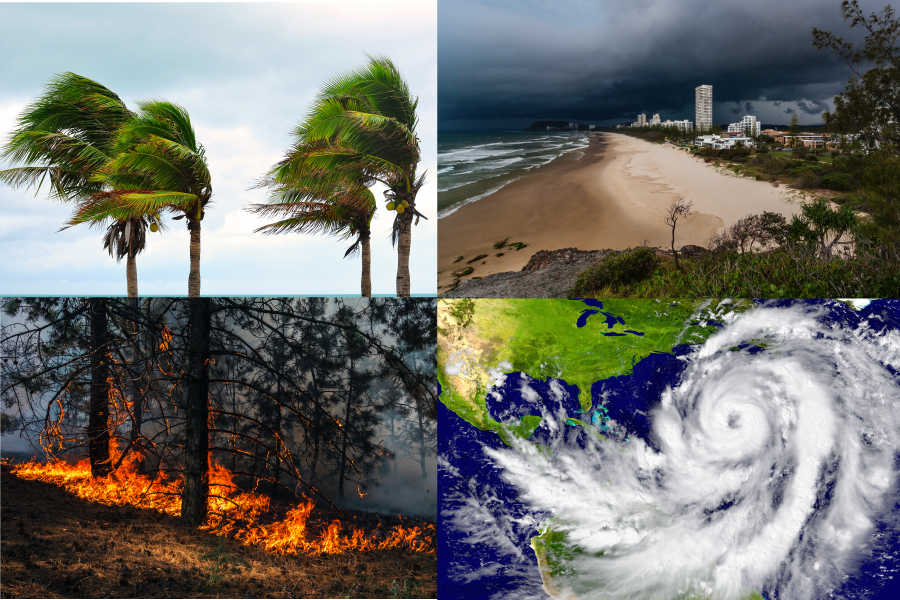
"But perhaps not all bad news and risk. In considering how mines interact with their local communities on the issue of climate change resilience, the extent to which mines can help to fortify that resilience will directly impact the industry's reputation, social license to operate, and access to project financing. Also, as we have seen in other sectors, mining companies that invest now and start their resilience journey in earnest can put themselves in a stronger position in the long term compared to competitors that take a more reactive approach.
"While TCFD disclosure reporting is essential for high-level financial analysis of how climate change may affect the company, resilience planning will be enhanced by moving to a more topical and detailed sector-specific approach. Coupled with a practical understanding of climate risk impacts at a regional or site level, this will help build more meaningful and effective resilience and adaptation strategies where the mining industry is leading instead of playing catch up.
"But it has to start with recognising at the top that there are risks and opportunities associated with climate change that need to be examined and addressed – which I think the latest mining forecast report demonstrates."
